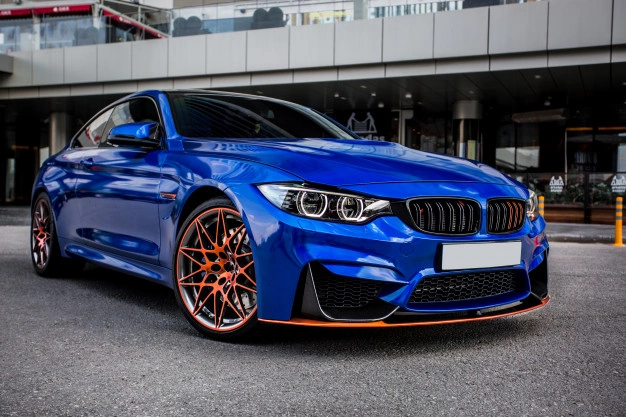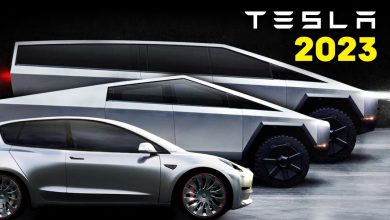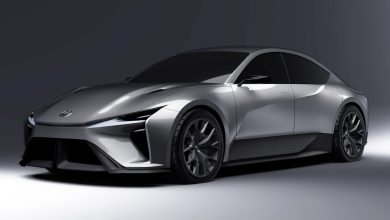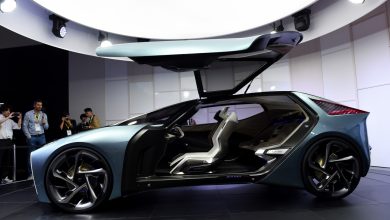Types of electric and hybrid cars

The PHEV comes with a conventional combustion engine and a powerful electric motor working in parallel. The electric motor is powered by a large-capacity high-voltage battery that can be charged externally and will be recharged using regenerative braking and spinning at high speed during journeys.
Read more: What are the fastest electric cars?
Electric car battery
The large capacity battery allows the vehicle to operate as a fully electric vehicle for a distance of up to 68 km after a full charge.
Which is suitable for most usual trips such as daily driving and going to school.
Can the local electricity network meet the demand?
- The power grid can easily meet electric vehicle charging, most of which occurs at night when energy use is low.
- We and other auto manufacturers work with governments and energy suppliers to ensure supplies are maintained.
Are electric cars slow compared to petrol and diesel cars?
not at all. Electric motors generate instant, full torque from a standstill, resulting in amazing response and acceleration times.
Are electric cars safe?
Yes, all new models meet the same strict safety standards as every other vehicle.
Does the warranty cover the battery?
Yes, starting in April 2020, electric car batteries feature a six-year warranty, in addition to the standard vehicle warranty.

What is the range of a plug-in hybrid car?
Using only the electric motor, our plug-in hybrid electric vehicles have a range of up to 68 km, depending on the vehicle.
Plug-in hybrid cars also use a gasoline engine to support a much larger range.
Can I charge my plug-in hybrid car in the rain?
Yes, the safety of the chargeable hybrid vehicle charging process is fully guaranteed.
Read more: Elon Musk unveils Tesla fastest car
Types of electric and hybrid cars
In the following lines, we will mention information about rechargeable hybrid cars, which are the only Types of electric and hybrid cars:
Semi-Hybrid Electric Vehicles (MHEV)
Semi-Hybrid Electric Vehicles use an integrated belt-driven starter generator as well as a battery to obtain power when revving at high speed.
They cannot be connected to charge and cannot be driven using electric power alone.
Hybrid Electric Vehicles (HEV)
- Hybrid electric cars combine a conventional engine and an electric motor.
- The battery is charged by the engine and during regenerative braking and over-revving.
- It cannot be connected to charge but it can be powered by electric power for short distances.
Rechargeable Hybrid Electric Vehicles (PHEV)
- A plug-in hybrid electric vehicle combines a motor and an electric motor.
- The battery is charged from an external source and through regenerative braking and spinning as well.
- These cars must be connected to charge the battery and can be operated on electric power alone for extended periods.
Battery Electric Vehicles (BEV)
- Battery electric cars can only be driven by electric drive.
- It does not contain an internal combustion engine (petrol or diesel).
- The battery is charged through regenerative braking and spinning at high speed, as well as by connecting it to an external power source.




